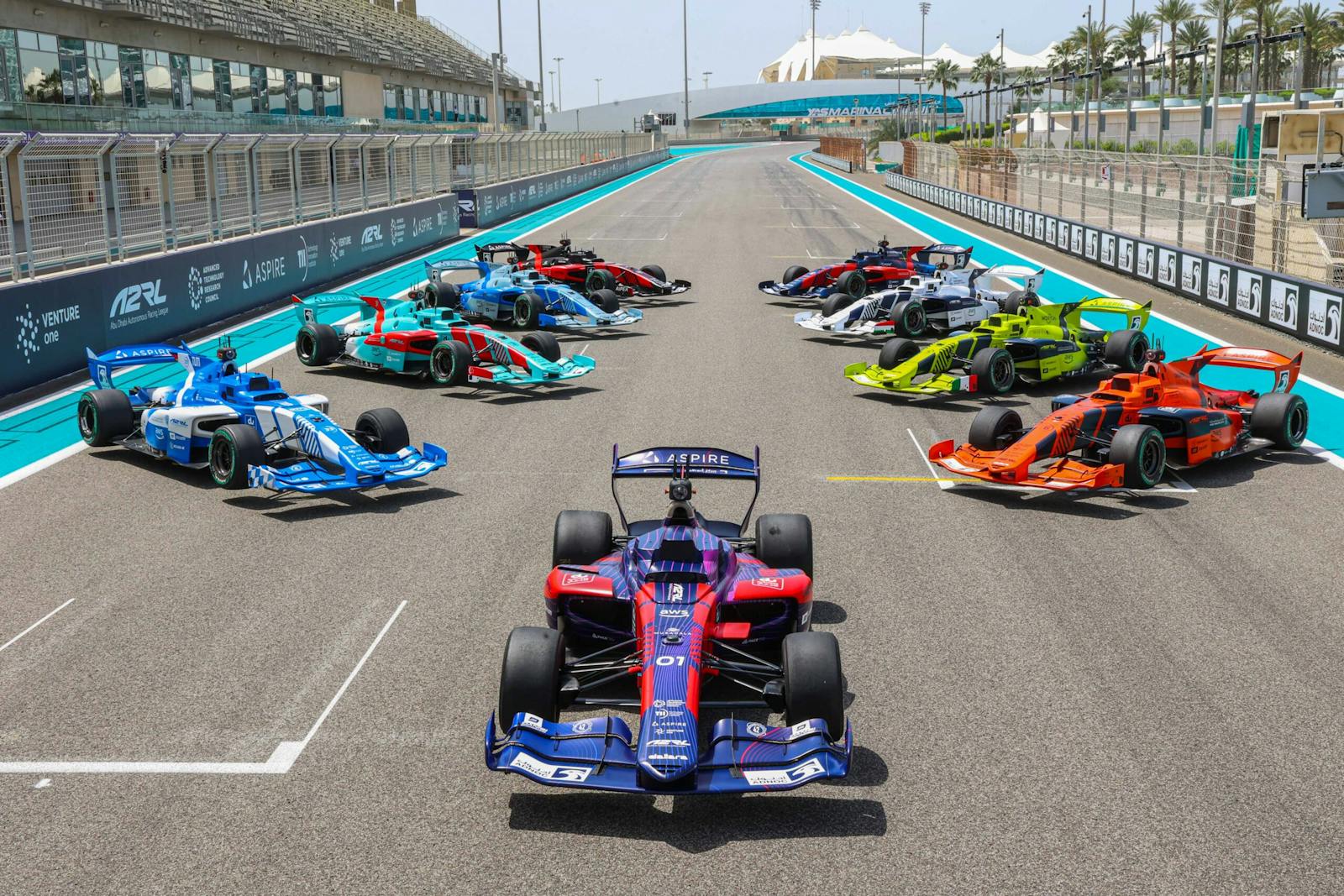Celebrate Mazda’s 100th anniversary with this mega gallery of archival images
Just as Peugeot started out with coffee mills and pepper grinders, a century ago Mazda emerged from being a humble cork producer in Hiroshima. Life was simpler then; yet on January 30, 1920, the company was taken over by Jujiro Matsuda, who founded Toyo Cork Kogyo, a business that would soon turn towards tool production. Renamed Mazda, the manufacturer’s first vehicle, the three-wheeled Mazda Go, went on sale in 1931. And with Mazda’s engineers showing off their innovative side early on, by 1938, the tiny truck was upgraded with a four-speed gearbox, which reduced its fuel consumption by 20 percent.
20200130202333)
20200130202352)
20200130202340)
Then came WWII and the nuclear blasts on Japan, which destroyed most of Hiroshima and Nagasaki. Remarkably, Mazda managed to resume truck manufacturing only a few months after the devastation, and the success of its commercial vehicles ultimately led to its daring entry into the car world—1960’s Mazda R360.
20200130201407)
20200130201422)
20200130201437)
20200130201454)
Following the 360’s glorious debut, Mazda decided to dial up its ambitions a notch. In 1961, the Japanese kei car company signed a licensing deal with German carmaker NSU for its new, compact and lightweight rotary engine based on Felix Wankel’s design. With that, the genie was out of the bottle, and Mazda wouldn’t rest until the rotary was perfected to meet its standards.
20200130202932)
20200130202954)
20200130203008)
20200130203017)
The futuristic Mazda Cosmo Sport 110S debuted in 1967, becoming the world’s first series-production rotary car. Numerous Wankel-powered sports cars and sedans were to follow, including three generations of the much-loved RX-7. In 1991, Mazda went on to become the first Asian manufacturer to win the 24 Hours of Le Mans, with the four-rotor 787B Group C prototype, the only car to use a non-piston engine for this feat.
20200130201945)
20200130201950)
20200130202008)
20200130202025)
Mazda kept the rotary flame alive until 2012 in the nose of its RX-8 sports car, and still refers to the technology as something that could make a comeback, possibly as part of an electrified drivetrain. However, while we wait for Mazda’s endlessly teased innovations in this field, let’s not forget about its more realistic ones from the past.
20200130201655)
20200130201715)
20200130201735)
20200130201745)
Having carefully analyzed what made Colin Chapman’s Lotus Elan so special without the aid of big power, Mazda launched the world’s favorite affordable roadster, the MX-5 Miata, in 1989. To put it mildly, this soft-top model set a new benchmark in lightweight engineering and the driving fun resulting from it. Today, it continues to do just that—in its fourth generation, yet still in the same weight class as three decades ago.
It’s worth remembering that for those Japanese customers who found an MX-5 way too wide to park, the team behind the original roadster also came up with the kei-class Autozam AZ-1. This mid-engine gullwing wonder was actually born from an abandoned Suzuki project, saved by Mazda and sold under its Autozam brand, still produced by Suzuki.
20200130202701)
20200130202717)
20200130202730)
20200130202734)
More recent Mazda innovations include its universally-applied brake energy regeneration based on the lightweight capacitor technology; the world’s first production compression ignition gasoline engine, known as the Skyactiv-X; and the brand’s first electric car named MX-30, coming to a driveway near you with suicide doors and a lower driving range that’s arguably better for our planet.
With all those modern Mazda hatchbacks, sedans, wagons, crossovers, and Miatas zoom-zooming and bringing Jinba Ittai to people all over the world, one thing is for sure. A hundred years into this game, Mazda’s lineup still manages to stand out from the crowd, simply by being fun to drive, reasonable on fuel, and looking the part at any speed. There’s really not much more I would ask from a car.
However, when it comes to Mazda’s colorful history, we were only scratching the surface here. If you wish to dive deeper into the topic, please go ahead and scroll through the following gallery, which contains dozens of images from Mazda’s archives. It showcases the ideas that worked, some that did not, and the people who made the company into what it is today. And all of it began in a cork factory a century ago.

20200130204651)
20200130204751)
20200130204802)
20200130204816)
20200130204833)
20200130204851)
20200130204904)
20200130204918)
20200130204930)
20200130204947)
20200130205006)
20200130205024)
20200130205041)
20200130205108)
20200130205125)
20200130205141)
20200130205203)
20200130205225)
20200130205235)
20200130205250)
20200130205303)
20200130205348)
20200130205409)
20200130205431)
20200130205506)
20200130205613)
20200130205630)
20200130205647)
20200130205700)
20200130205714)
20200130205734)
20200130205745)
20200130205802)
20200130205817)
20200130205831)
20200130205844)
20200130205856)
20200130205913)
20200130205930)
20200130205946)
20200130210016)
20200130210030)
20200130210046)
20200130210058)
20200130210119)
20200130210135)
20200130210152)
20200130210212)
20200130210233)
20200130210248)
20200130210338)
20200130210358)
20200130210410)
20200130210425)
20200130210442)
20200130210453)
20200130210505)
20200130210518)
20200130210531)
20200130210546)
20200130210610)
20200130210627)
20200130210642)
20200130210700)
20200130210716)
20200130210733)
20200130210748)
20200130210804)
20200130210824)
20200130210844)
20200130210906)
20200130210949)
20200130211010)
20200130211041)
20200130211056)

